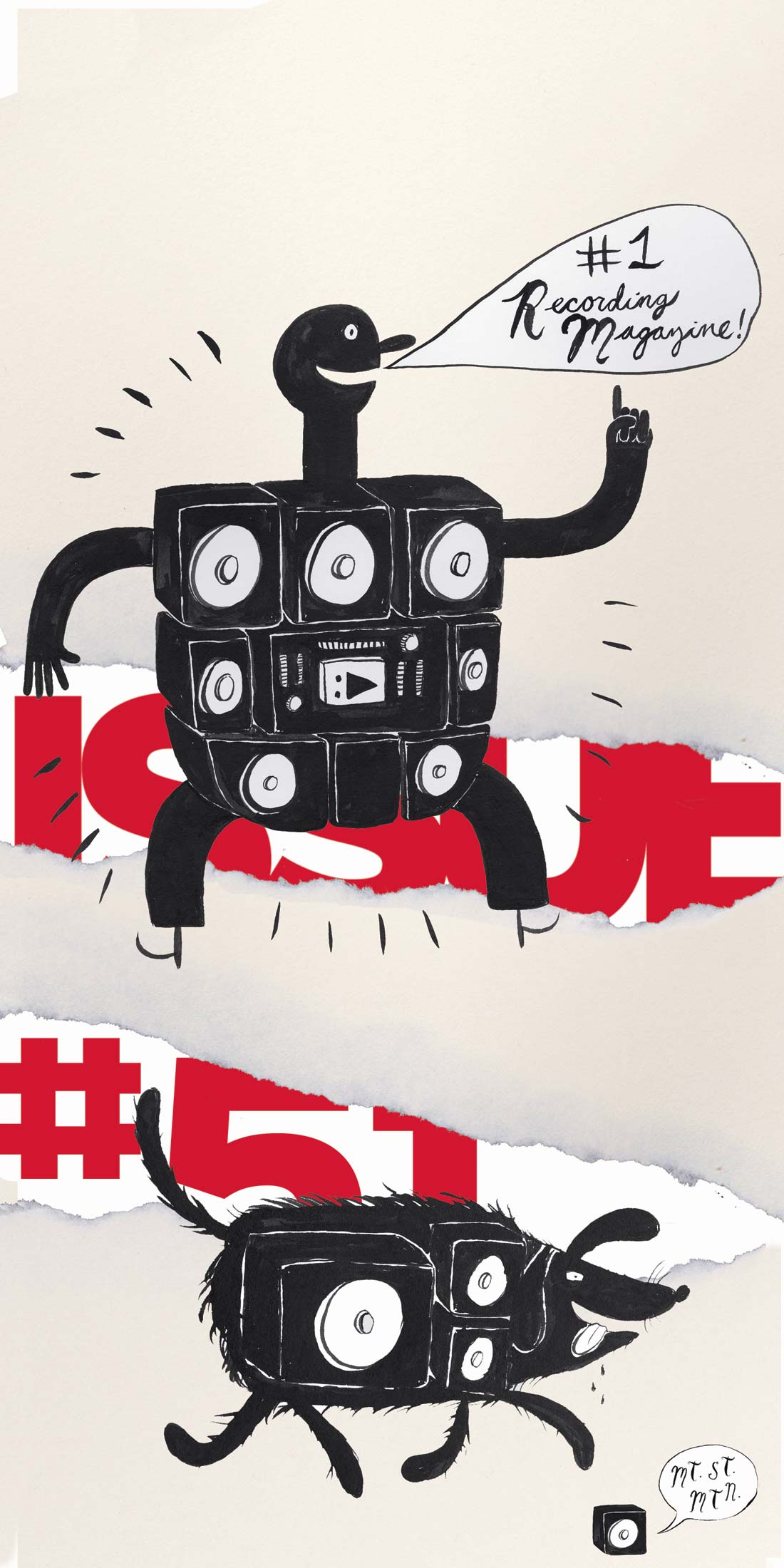For a while now, I have been searching for a simple, USB-powered interface that I could use with my laptop to capture ideas while on the road. There are plenty of options available from a myriad of manufacturers, but the lack of any sort of sonic flavor has kept me from pulling the trigger. A friend of mine recently purchased the Line 6 TonePort UX2 and generously offered to let me check it out for a few weeks.
The UX2 is the premium model of Line 6's two TonePorts, and it has two inputs each for mic, line, and instrument, as well as stereo outputs for line, S/PDIF, and headphone. Fairly standard stuff. What sets the TonePort apart from other audio interfaces is that it's designed from the ground up with recording-chain emulation in mind. Obviously, the inputs are of the correct format-physically and electrically-to handle the different types of sources. But what's not so obvious is that the emulation processing happens on the host computer at a very low level for what Line 6 calls low-latency "ToneDirect" monitoring. In other words, even if your host application is running with a large I/O buffer, the TonePort will allow you to monitor your performance with all of the TonePort's emulation and effects in place, without taking the latency hit you'd normally get recording into and coming out of a host application running emulation plug-ins.
As to be expected in a Line 6 product, the TonePort comes standard with several guitar and bass amplifier models (selections from the PODxt, Bass PODxt, Flextone III, and Vetta II series), as well as a handful of useful effects. It is also expandable via model packs available for $50 USD on the Line 6 website. (Worth checking out is the FX Junkie model pack, if only for the emulation of the Binson EchoRec-a personal favorite.) My real interest in the TonePort, however, was in its inclusion of several models "inspired by" several classic icons of recording gear (Neve, API, and Studer, to name three) as well as a few Line 6 custom creations.
It was remarkably easy to get good sounds with GearBox, Line 6's graphical interface for the TonePort. Models appeared as generic facsimiles of the originals, which is unquestionably more conducive to dialing in sounds quickly than the small LCD displays on most modeling devices. Within minutes of plugging the thing in and dialing in a few sounds, I was itching to hit record and work on some ideas. I felt a sense of creative freedom from a piece of equipment I haven't felt since I first plugged into my TASCAM 244.
A few minor gripes. While USB power is a nice convenience and is better than an ugly wall wart, the lack of a power switch is a definite annoyance (but other manufacturers are guilty of the same omission). Secondly, the TonePort is a budget piece of hardware and certainly feels like it. The case is plastic, and the TonePort feels very insubstantial. Anyone looking to drag the TonePort around with a laptop had better look into some sort of padded case and take extra care. Third, the TonePort ships without a manual, and as of the submission of this review, the manual is not available online, either. (The website has downloadable installation instructions and various recording tutorials specific to most popular audio applications.) While the TonePort is easy to use, there were a few instances I wished I had a real manual in front of me. Lastly, it would be nice to be able to run the guitar and bass amplifier models through the mic preamp models in the software realm, but this is a limitation imposed by software architecture and minimum processor requirements.
The big question on most minds will likely be, "How does it sound compared to the originals?" The general sonic essence of each piece is represented quite nicely. Does it sound exactly like a 1073? Not really. Does it sound good? Yes, definitely. The bottom line is that for me, the TonePort is a really useful tool. For $200 street, it's enough of a bargain that I ordered one for myself. The TonePort won't likely replace anyone's rack of outboard gear, but I think it will easily find a nice niche with beginning recordists eager to dabble with a lot of useable sounds on a budget, and medium level recordists like me looking for a tool to capture late night ideas with a little flavor.
($269 MSRP; www.line6.com)




_disp_horizontal_bw.jpg)